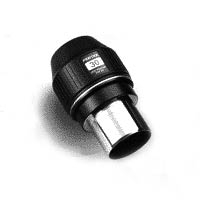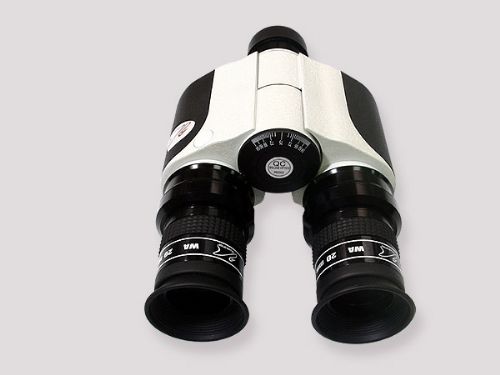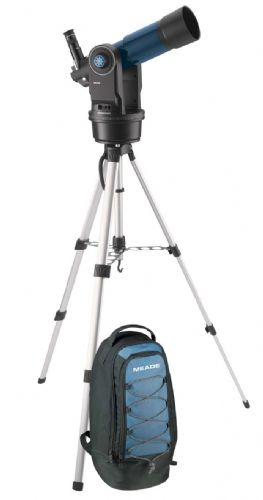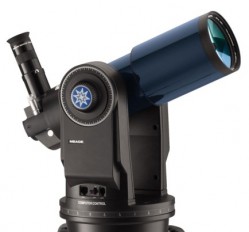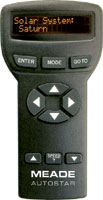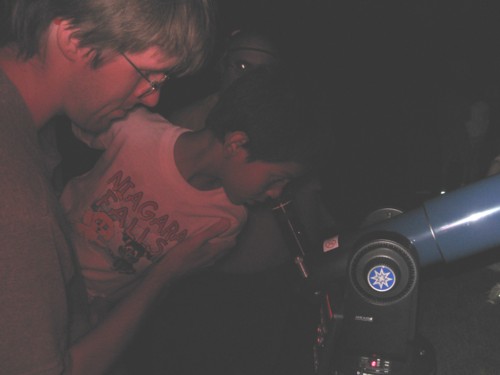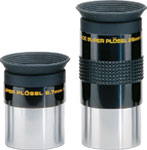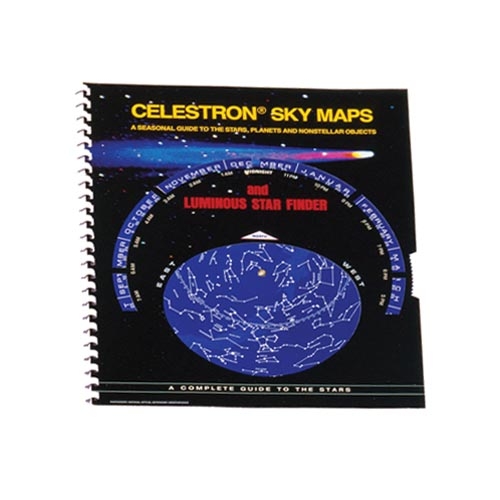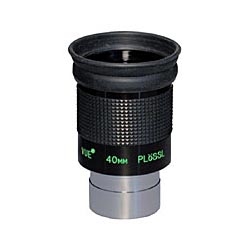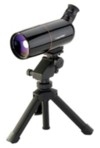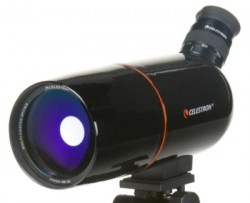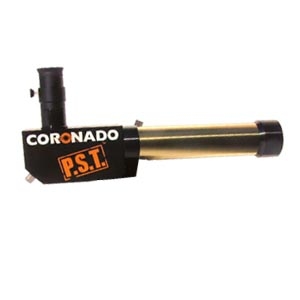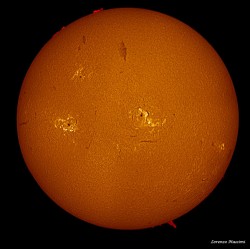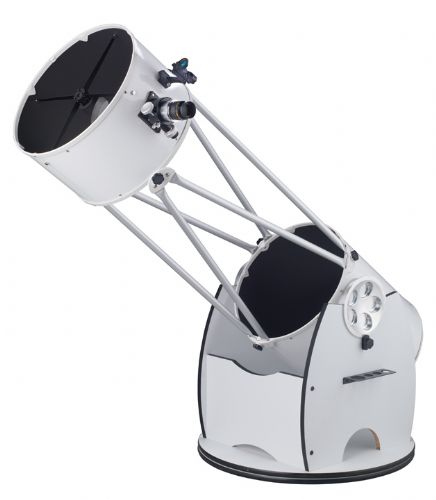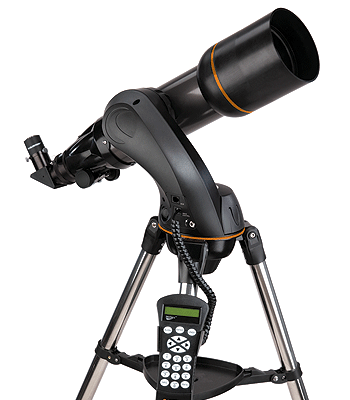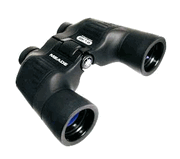Back awhile ago I did a review on plossl eyepieces. In that article I was trying to reach for the average individual looking for a high quality eyepiece on a limited budget. This time I asked for an example of observatory quality eyepieces that I know some of our readers own and enjoy. Is there a difference between how a very expensive eyepiece behaves in average equipment as opposed to an average eyepiece? Is there a difference in how it behaves in observatory class equipment? Step inside and let’s take a look…
The reputation of certain eyepieces sometimes precedes itself and the case is certainly true when it comes to Pentax Eyepieces. Known widely for delivering superb color correction and outstanding contrast, I was very anxious for these beauties to arrive and put them to the test. In this case, I have asked for the Pentax XW series, which would put it in the Erfle category – alongside such popular brands as the Nagler, the Panoptic, the Ultima LX and the QX series. In dollar amounts, the Pentax figures roughly in the same category as the first two aforementioned products, and roughly three times more expensive than the last two. But is the performance worth the price?
High dispersion, low refraction lanthanum glass… These are great words, but nothing can match the precision machined quality of the outward appearance of a Pentax eyepiece. Absolutely nothing in its construction appears to be left to chance and I very much approved not only of how the body of the eyepieces appears to be “sealed”, but the fact that they have very positive grip surfaces and little safety grooves cut right into the barrel so they can’t accidentally fall out of the focuser. I can also see from examination that the insides are blackened to reduce internal reflections and that the eyepieces are fully threaded for filters… But how do they perform?
The last of the three eyepieces I asked to test was the Pentax 40mm XW 2″ Eyepiece. If you are looking for a true observatory quality eyepiece, look no further. Combined with aperture, the 40mm delivers a wide, true field that only marginally suffers from vignetting around the edges with fast focal ratio telescopes and virtually disappears as the focal length increases. Once again, we are talking about an eyepiece that was made to perform with eye sight limitations and with just a few minor adjustments, a total pinpoint panorama of stars can be yours. While I’ve used a lot of Erfle design eyepieces, this is perhaps the first low power, wide field Erfle that I’ve used that didn’t require me to hold my head just right to take in the view. With or without glasses…
My next step was to take this eyepiece arrangement and put them to the test in a true observatory telescope – a 31″ f/7. Eyepiece after eyepiece… Outstanding performance, perfect color correction and incredible eye relief. Is seeing believing? Yes and no. In my mind to deem something “observatory quality”, it has to measure up to the bar that I set for it – and that means the durability of use that an observatory eyepiece will go through in years of service. While I can field test an eyepiece for performance qualities, what I can’t tell you is what will happen to it ten years down the road. So… I investigated.
There’s a good reason why I admired the construction of the Pentax eyepieces when I first examined them – they are weather-proof. While you would not want to drop them in a bucket of water, these eyepieces are all rated JIS Class 4. Just what does that mean? It means that dust and particles sized 1.0mm in diameter or more cannot infiltrate. It means water splashed against the enclosure from any direction shall have no harmful effects. It means that by Pentax standards they actually sprayed these eyepieces down with a stream of water for 10 minutes and nothing reached the internal lenses. It means Pentax guarantees these eyepieces for life.
In the long run, Pentax eyepieces are an investment – a worthy investment in observatory quality.
The Pentax Eyepieces provided for this review were supplied by Oceanside Photo and Telescope.

